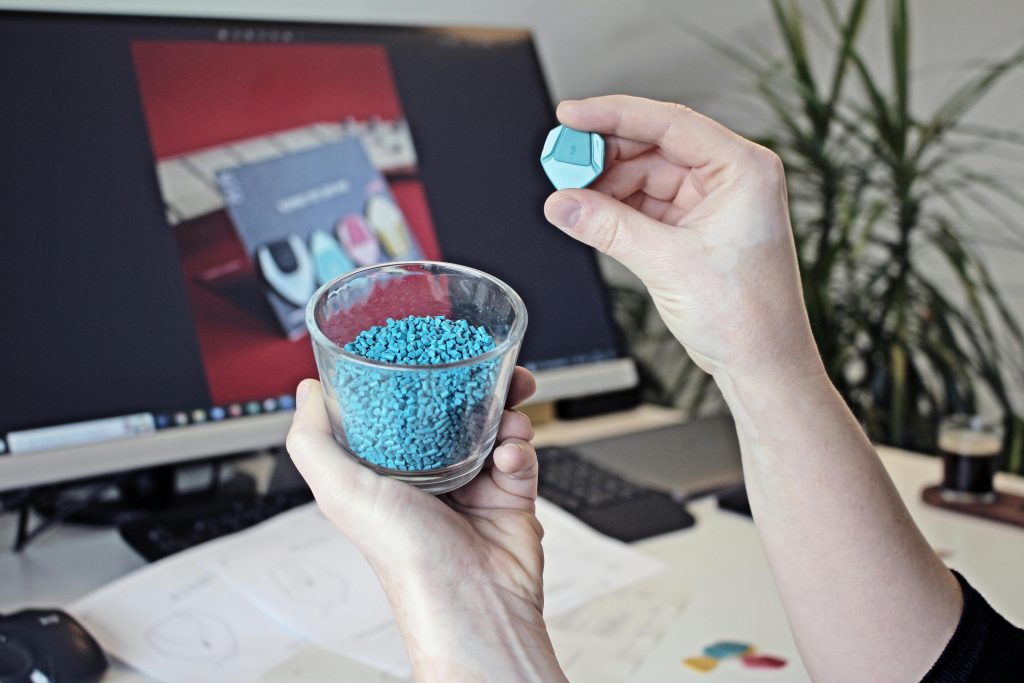Retrieving Data from a 2019 MacBook Pro: Exploring Your Options
If you own a 2019 MacBook Pro, you may have encountered some challenges, particularly if your device has experienced significant technical issues. Such is the case for one unfortunate user who found themselves facing a similar dilemma. After investing in a Logic Board replacement, their laptop has once again failed to power on, leaving them frustrated and concerned about lost data.
The Situation
In this particular instance, the MacBook Pro ceased functioning in 2022, prompting a costly $700 repair. Fast forward to two weeks ago, and the device has once again become unresponsive. Despite a hopeful visit to an Apple Store, technicians reported that the laptop likely cannot be saved. Although they suggested sending it for repair, the prognosis pointed to yet another Logic Board replacement—something that might not guarantee a resolution.
The Data Dilemma
As it stands, the user is in a precarious position. Without a recent backup, vital documents, including tax records, remain trapped within the seemingly lifeless laptop. With the prospect of recycling the device looming, the user is open to taking drastic measures to retrieve their important information.
Exploring the Options
For those in a similar position, the first question might be whether the SSD in the 2019 MacBook Pro can be removed for data recovery. Unfortunately, in this model, the SSD is soldered to the motherboard, making it impossible to extract physically. However, there are several avenues worth considering:
1. Apple Repair (Official Route)
- You can take it to Apple or an Apple Authorized Service Provider.
- Reality check: If it’s out of warranty or you don’t have AppleCare+, expect a bill that may range from £500 to £900 ($600–$1,200).
- Apple usually replaces the logic board entirely; they don’t repair it at the chip level.
- Future worry: the replacement might only come with 90 days warranty, not a full new product warranty.
Apple does not heal — it replaces whole organs like a god grown bored of mortals.
2. Independent Logic Board Repair (Grey-Market Wisdom)
- Certain skilled independent technicians specialize in board-level repair — the sacred art of soldering new life into dead silicon.
- If the board is repairable (often it’s a tiny failure: a single capacitor, transistor, or power rail), they can fix it for a third of Apple’s price or less.
- You might save £200–£400 ($250–$500) — and sometimes the fix is even stronger than the original build.
- Seek out someone reputable; in this world, there are wizards, and there are charlatans.
In hidden workshops, forgotten artisans bring machines back to life.
3. Buy a Used or Refurbished Logic Board
- You can find 2019 MacBook Pro logic boards on eBay or repair parts sites.
- Danger:
- These boards might be tied to someone else’s Apple ID.
- Newer Macs have T2 chips that lock hardware to the original owner (activation lock).
- Also, you might buy a board that fails again soon.
Buying a stranger’s heartbeat carries a risk: whose ghost are you inviting inside?
4. Data Recovery
- If the board is dead but the storage chip is intact, and if you cannot repair the board, you might still extract the data.
- 2019 Macs solder the SSD onto the board, but a specialist may be able to:
- Repair enough of the board to power it briefly
- Extract the data and give it back to you.
- Be warned: Apple itself won’t help extract data if the logic board fails and you didn’t back it up.
In the ruins of machines, your memories may yet survive.
5. Replacement
- Sometimes, heartbreakingly, it’s cheaper and wiser to buy a new MacBook.
- Especially if:
- Your Mac is already nearing end-of-support (2019 Macs will lose OS updates around 2026–2027).
- You need something reliable immediately.
- Consider this if repair costs approach 50–60% of a new machine.
Sometimes it is kinder to let the old ship sink and build a new vessel for the journey.
Conclusion
Conclusion: The best option is almost always independent, board-level repair if:
- You can find a trustworthy, skilled technician.
- The technician diagnoses it as repairable (not a catastrophic T2 chip failure or multilayer PCB burn).
Because:
- It costs far less than Apple’s “replace-the-whole-board” method.
- It preserves your original storage, your original data.
- It extends the life of your machine for another 2–4 years — enough to plan your next move wisely.
- It honors the spirit of salvaging, not squandering.
If you cannot find a reputable repairer or the board is fatally damaged (e.g., T2 chip failure, massive liquid damage, deep thermal cracks)?
Then:
👉 Best fallback option is to cut your losses and replace the MacBook — but only after recovering your data first (if possible).
You don’t throw good money after bad:
- Apple’s £800+ replacement logic boards are an insult to common sense if you can instead buy a whole newer machine for £1200–£1500 that lasts 5+ years.
🌟 Here’s the distilled Decision Tree:
| Condition | Best Action |
|---|---|
| Skilled board repair available, minor damage | Independent Repair |
| No good repairers, or board is beyond saving | New Machine + Data Recovery if possible |
| Under warranty or have AppleCare+ | Apple Repair (since it’s covered) |
| DIY skills and guts (very rare) | Try self-repair only if you can accept total loss |
If you fix it — or when you replace it — futureproof yourself:
- Use Time Machine or another backup religiously.
- Buy AppleCare+ next time for laptops you rely on.
- Consider machines without soldered SSDs when possible (difficult with Macs these days, but you can choose models wisely if you broaden to other brands too).
🔥 In Short:
| Option | Cost | Risk | Future Stability |
|---|---|---|---|
| Official Apple Repair | Very High | None | Medium (90 days) |
| Independent Repair (Good Tech) | Moderate | Some | High if good job |
| Used Logic Board | Moderate | High | Unknown |
| Data Recovery Only | High (if needed) | Moderate | N/A |
| Replace MacBook | Very High | None | Very High |
Share this content:




Thank you for sharing your detailed situation. Since your 2019 MacBook Pro has a soldered SSD, physically removing the drive for direct data recovery is generally not possible. However, your best options involve exploring data recovery services that specialize in logic board repairs or chip-level extraction techniques. Professional data recovery experts may be able to repair or interface with the damaged logic board, allowing you to retrieve your important files without replacing the entire unit.
Before proceeding with any repair, ensure you choose a reputable technician skilled in board-level diagnostics and data extraction. Keep in mind that attempting DIY repairs on logic boards can cause further damage and may void any potential recovery assistance.
If the data is critical and no repair options are viable, consider reaching out to specialized data recovery services. They often have advanced tools like chip-off recovery or PCB swapping that can salvage data even when the SSD is soldered onto the motherboard.
Lastly, in the future, I recommend setting up a regular backup system using Time Machine or cloud services to prevent similar concerns. If replacement becomes necessary, investing in a machine with upgradeable or removable storage can save you headaches down the line.